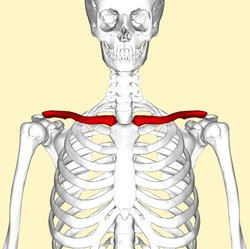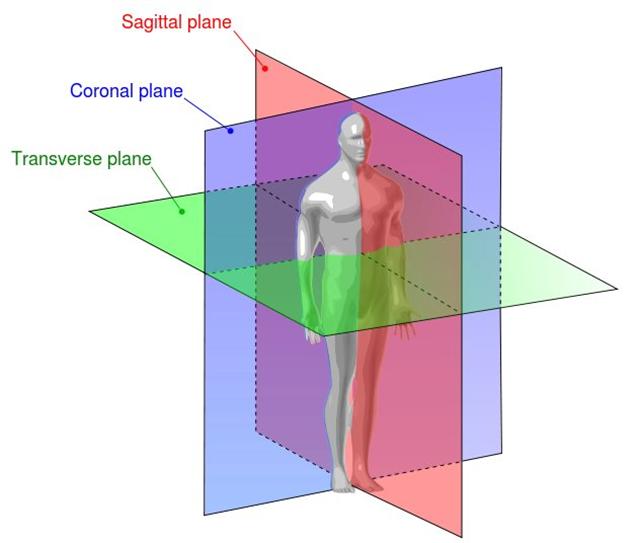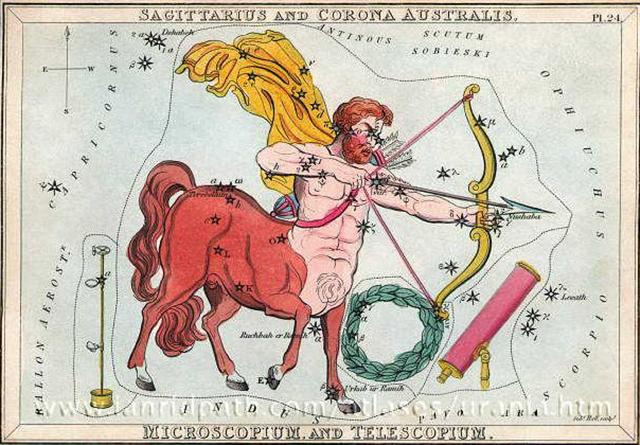4. The hieroglyph for the horizontal ('female', 'nightside') archer's bow seems to have the same structure as that of the Hawaiian day, illustrating how at midnight (at the grip, manubrium) one day is firmly joined to the next (not much different from how a month is joined to the next in order to measure 59):
The curved clavicle bones will then form the parts of the bow to the left and right of the 'handle':
"In human anatomy, the clavicle or collarbone is a long bone of short length that serves as a strut between the scapula and the sternum. It is the only long bone in the body that lies horizontally. It makes up part of the shoulder and the pectoral girdle and is palpable in all people, and, in people who have less fat in this region, the location of the bone is clearly visible as it creates a bulge in the skin. It receives its name from the Latin: clavicula ('little key') because the bone rotates along its axis like a key when the shoulder is abducted." (Wikipedia)
"Abduction, in functional anatomy, is a movement which draws a limb away from the median sagittal plane of the body. It is thus opposed to adduction." This could explain the design of the Archer's Bow in Urania's Mirror:
The handle of the bow has one 'clavicle' above and the other below. The orientation of the bow is vertical. Sagittarius should rather be a sign for spring equinox than for winter solstice. But in my tables I have counted 63 days backwards in the year to find the positions of the dates 'at the time of Scorpion', not forward:
The dates are moving forward with ca 1 glyph in 72 years. If the origin of the zodiacal structure was ca 90 * 72 = ca 6500 years ago (about 4500 B.C.), then it would have been autumn equinox, not spring equinox, which was the position of Sagittarius. September 22 is day 265 in the Gregorian calendar, suggesting an even earlier origin of the system, around 7200 years ago. |









